Great cooking starts with great ingredients. That’s something every chef learns fast—some foods are only as good as what goes into them.
A splash of better oil, a real block of cheese, or tomatoes that actually taste like sunshine can take a dish from decent to unforgettable.
These are the pantry and fridge staples that professionals don’t skimp on—and for good reason.
1. Extra-Virgin Olive Oil
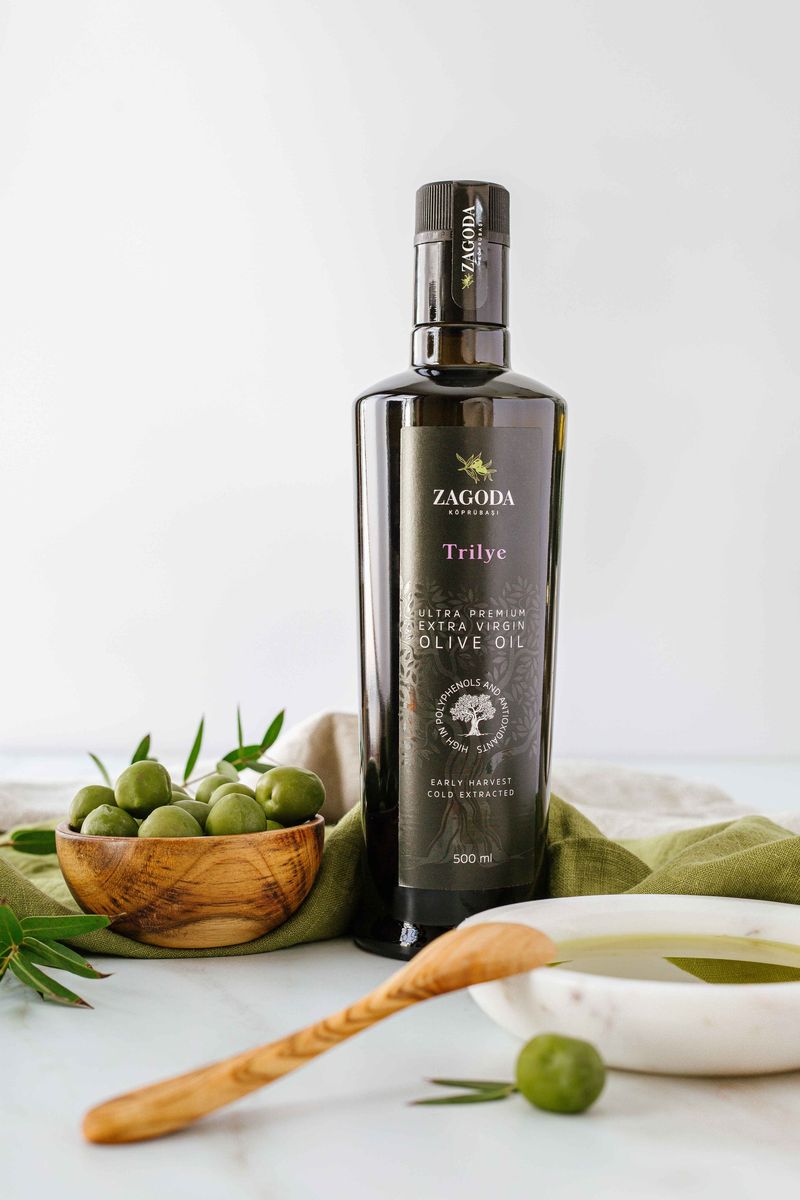
Cold-pressed and full of grassy, peppery flavor, real extra-virgin olive oil transforms even the simplest salad or slice of bread. Cheap versions taste flat or greasy, but the good stuff adds depth and brightness.
Look for harvest dates and origin on the label. A drizzle can finish a dish like a pro.
2. Real Vanilla Extract
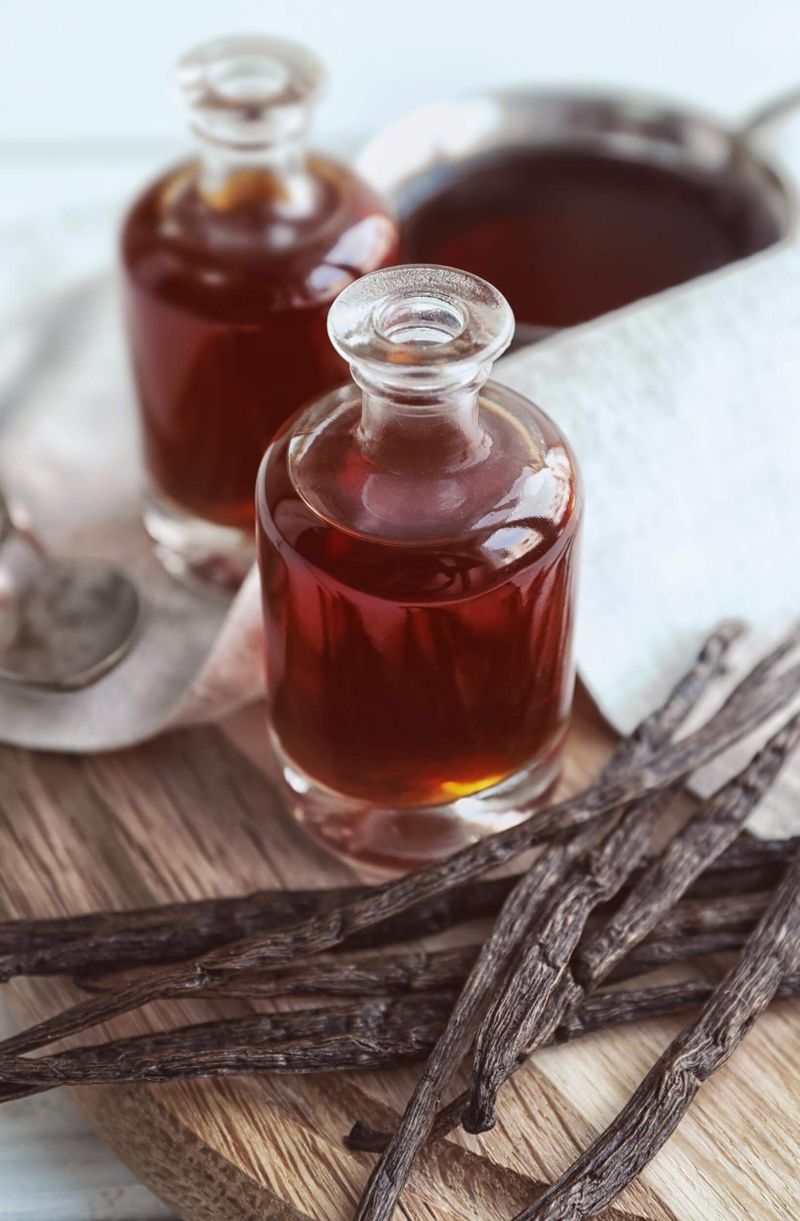
Imitation might smell similar, but it lacks the warmth and complexity of real vanilla. Made from cured vanilla beans soaked in alcohol, the real deal brings a floral, almost smoky note to baked goods.
A little goes a long way, and the difference in flavor is unmistakable. It’s dessert’s secret weapon.
3. Parmesan Cheese (Parmigiano-Reggiano)

Aged for over a year and full of tiny crunchy crystals, authentic Parmigiano-Reggiano brings savory, nutty flavor that shaker cheese can’t touch. It’s firm enough to grate but melts into risottos like magic.
Look for the rind stamped with its name. Anything else is just trying to play dress-up.
4. High-Quality Butter
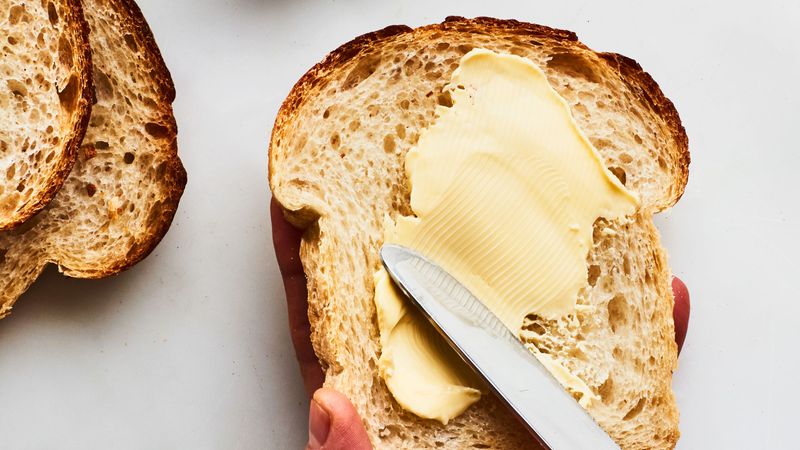
Creamy, golden, and rich in fat, European-style or cultured butters have less water and more flavor than standard sticks. You taste the difference instantly, especially in baking or on warm toast.
Higher butterfat means flakier pie crusts and silkier sauces. Even a plain biscuit feels gourmet.
5. Fresh Seafood
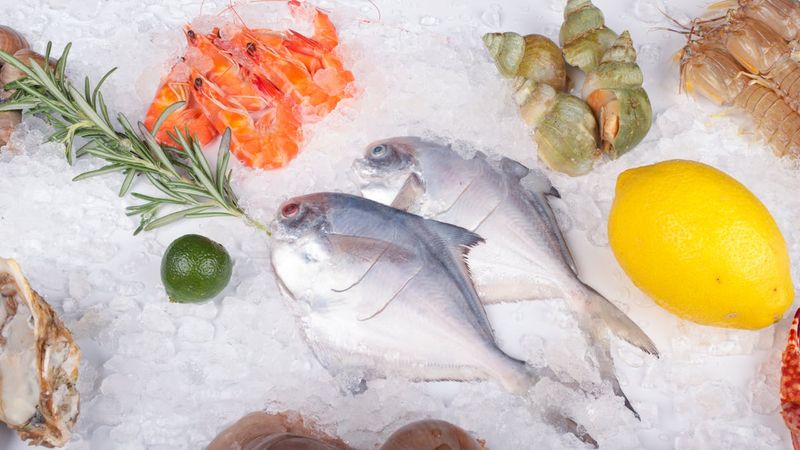
Ocean-fresh fish should smell like saltwater, not like, well, fish. Quality seafood is firm, moist, and cooks cleanly—bad seafood ruins the dish and the appetite.
Whether it’s wild salmon or scallops, freshness makes or breaks the meal. If it’s sketchy, skip it.
6. Good Balsamic Vinegar
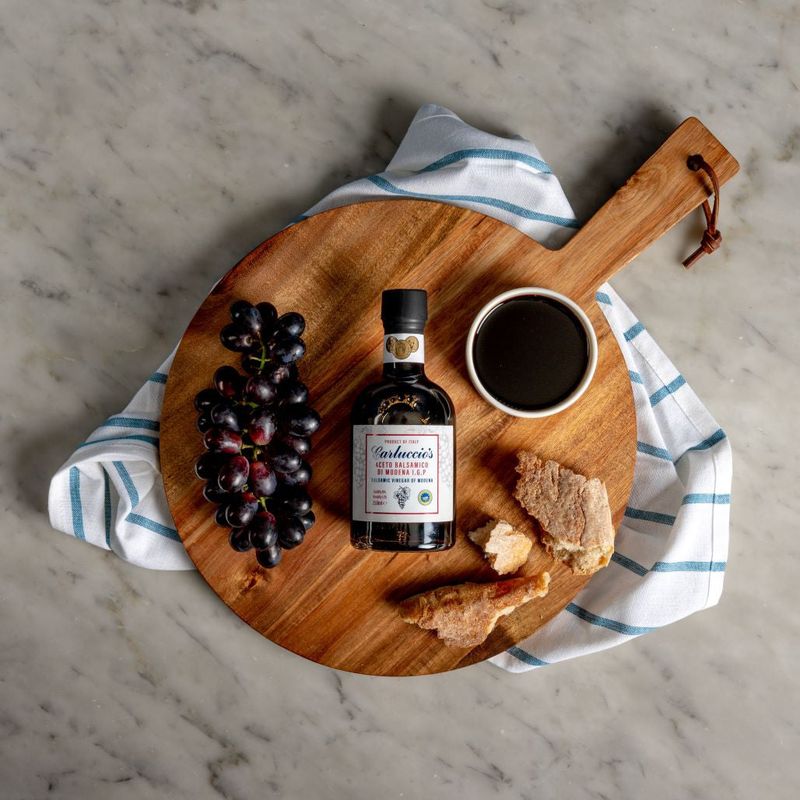
Aged balsamic thickens over time, developing syrupy texture and rich, sweet tang. It adds instant complexity to salads, roasted veggies, and strawberries alike.
Cheap versions are just sour. Go for bottles labeled “Aceto Balsamico di Modena” with a PGI seal for real depth.
7. Saffron Threads
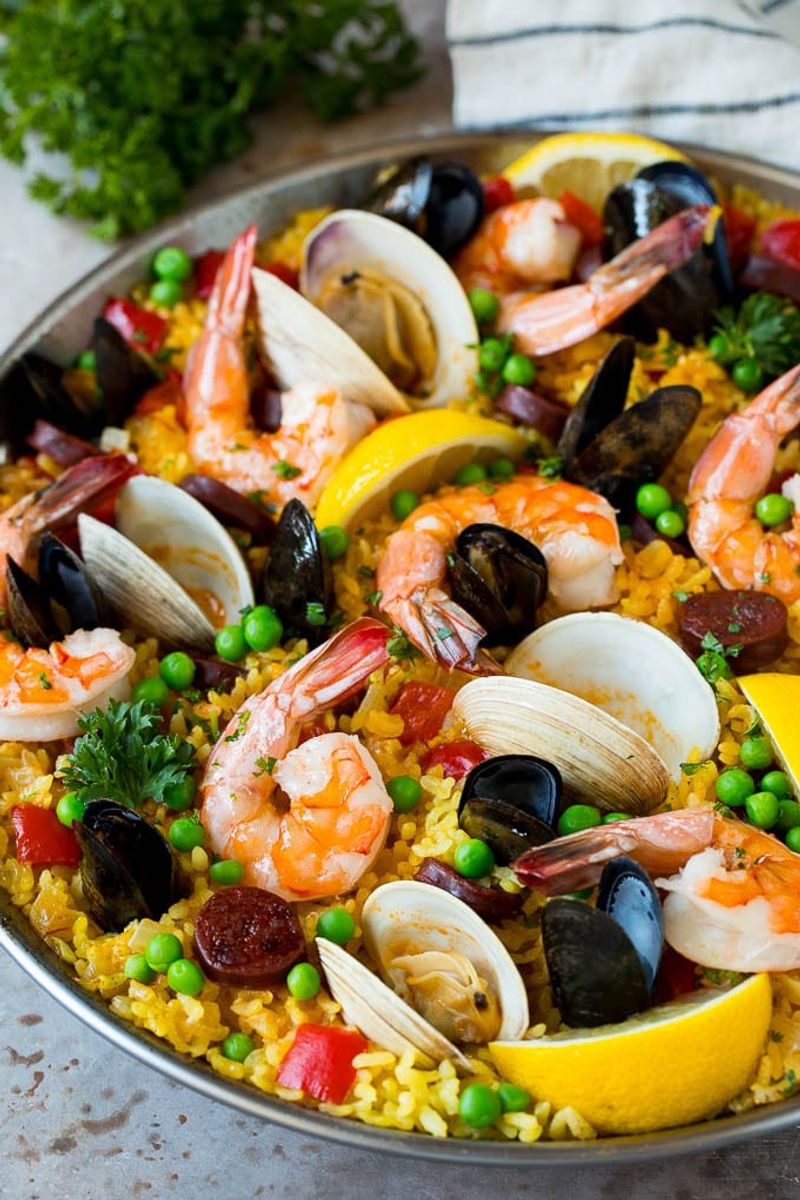
Delicate strands harvested from crocus flowers, saffron brings color, floral aroma, and a deep, earthy flavor. It’s used sparingly, but even a pinch transforms rice, broth, or stew.
Cheap saffron often has fillers or lacks potency. The real stuff blooms in warm water like liquid gold.
8. Organic Eggs
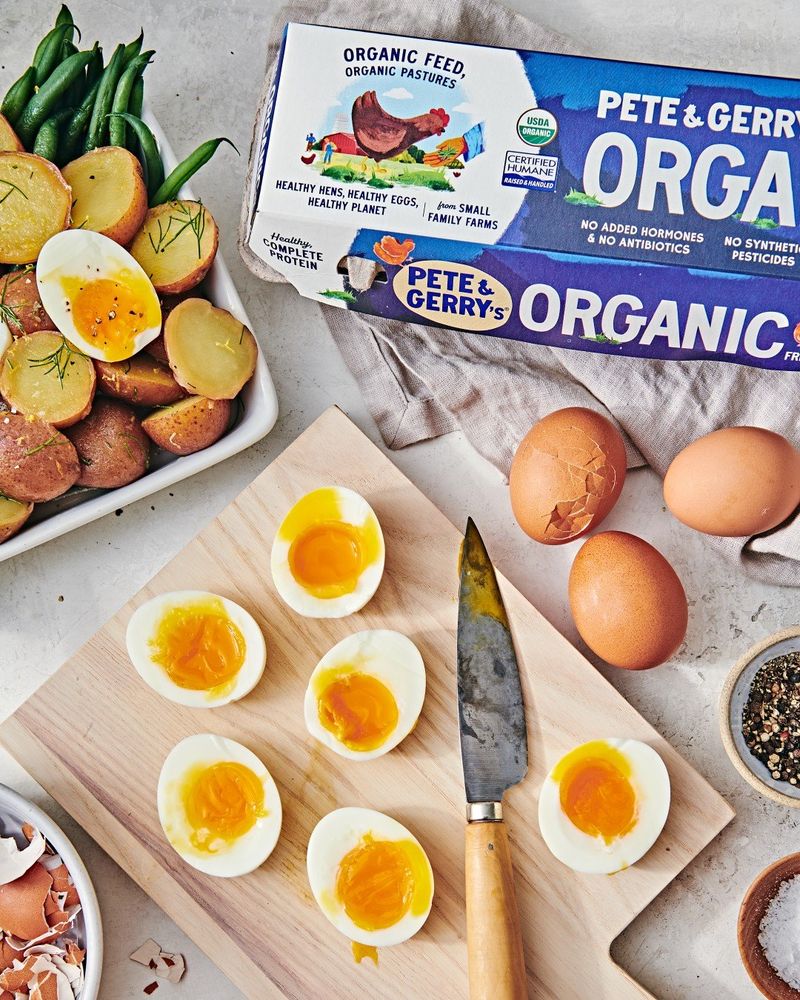
Bright orange yolks and firm whites are signs of well-fed, pasture-raised hens. Better eggs don’t just taste richer—they also hold their shape and color when cooked.
You can see the difference in scrambled eggs or cakes. They’re worth the extra cents every single time.
9. Dark Chocolate (70% Or higher)

Bittersweet bars made from high-cacao blends carry deep, layered notes of fruit, spice, and smoke. Low-quality chocolate often hides behind sugar.
In baking or eaten straight, real dark chocolate has a satisfying snap and melt. Bonus: a square or two is plenty.
10. Artisan Bread
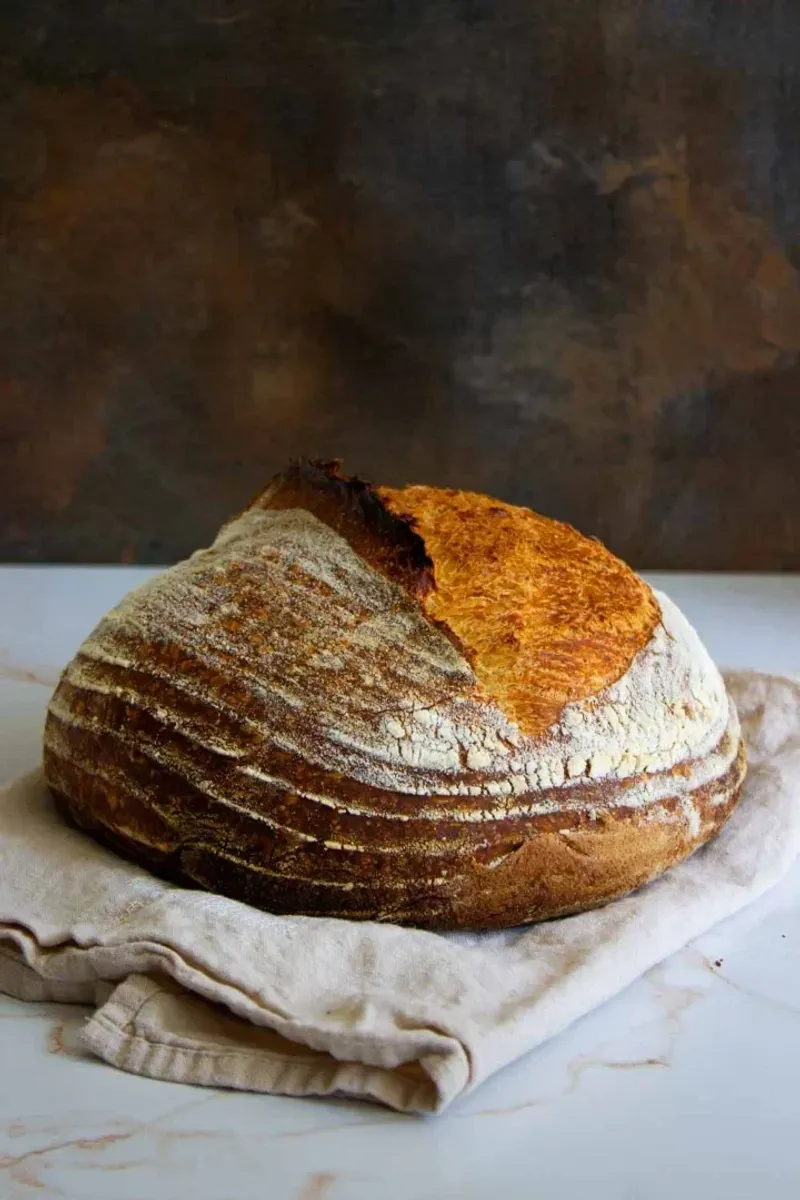
Long-fermented dough, crackling crusts, and open crumb make artisan loaves far more satisfying than supermarket versions. The flavor comes from time, not shortcuts.
Sourdoughs and country loaves made in small batches bring texture and tang. Once you try it, there’s no going back.
11. Whole Spices
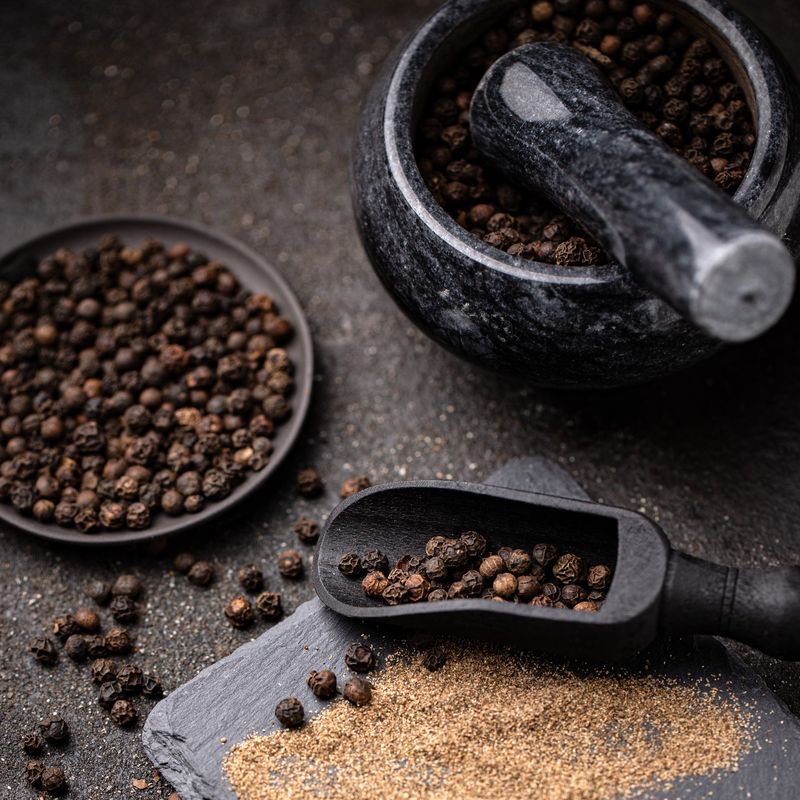
Ground spices lose flavor fast. Whole cumin, coriander, or cloves toasted and crushed at home release bold aromas you can’t get from dusty jars.
A small spice grinder or mortar and pestle changes the game. Your kitchen starts to smell like a spice market.
12. Local Honey
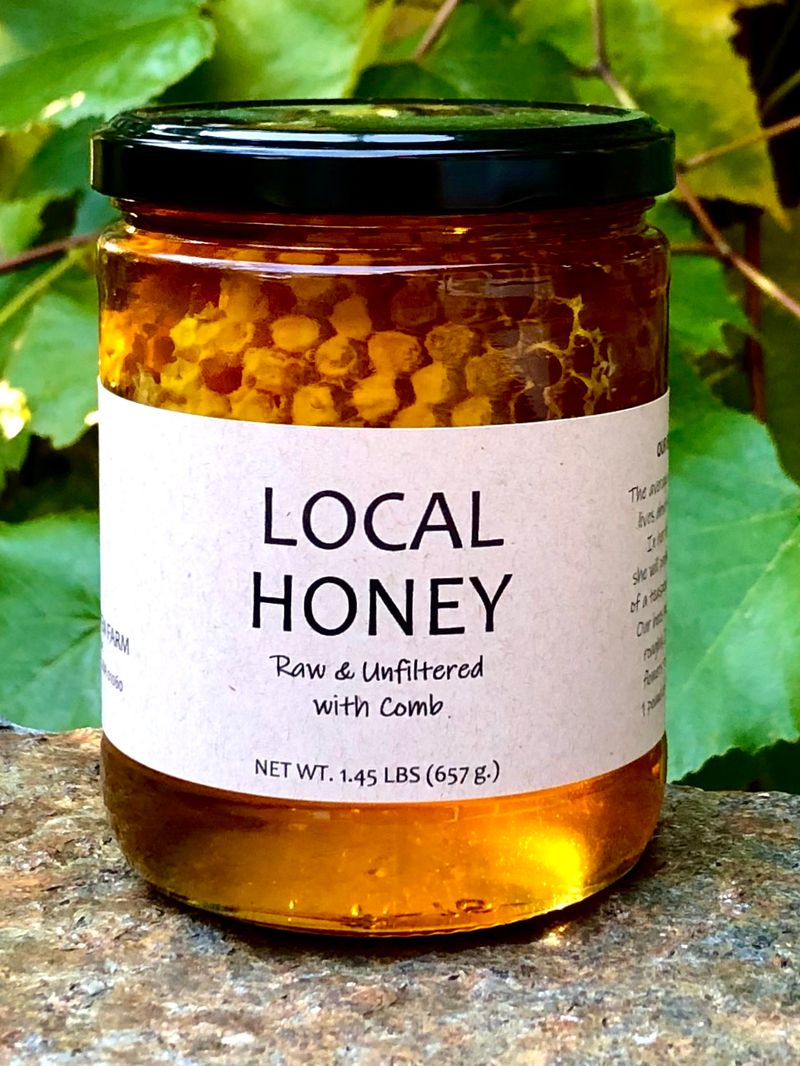
Raw honey from nearby bees tastes like the flowers of your region—floral, spicy, even minty. It’s more than sweetener; it’s flavor.
Unfiltered jars also carry tiny crystals and natural pollen. Drizzled over yogurt or toast, it tastes like sunshine.
13. Maple Syrup (100% Pure)
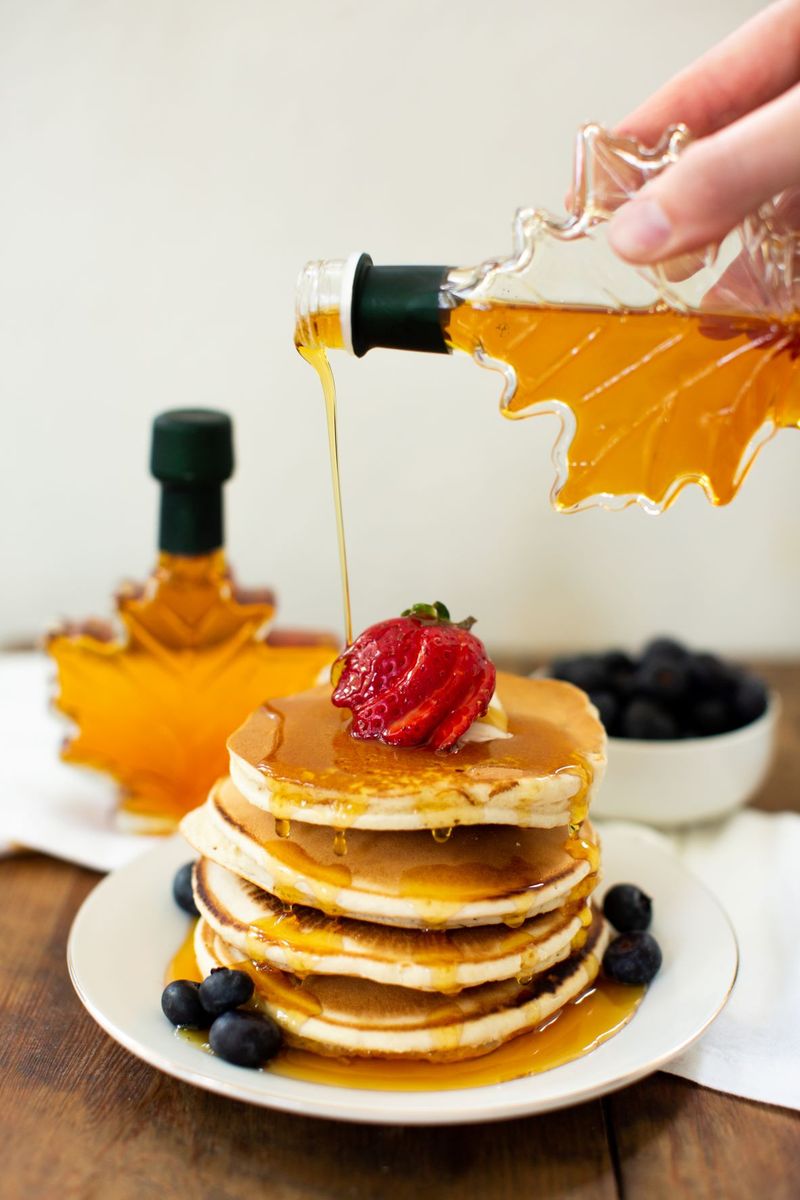
Real maple syrup has rich, smoky caramel notes that fake syrup just can’t mimic. Its deep flavor works in dressings, marinades, or poured over pancakes.
Look for grade A or B with no additives. Thinner than corn syrup—but infinitely more delicious.
14. Quality Soy Sauce
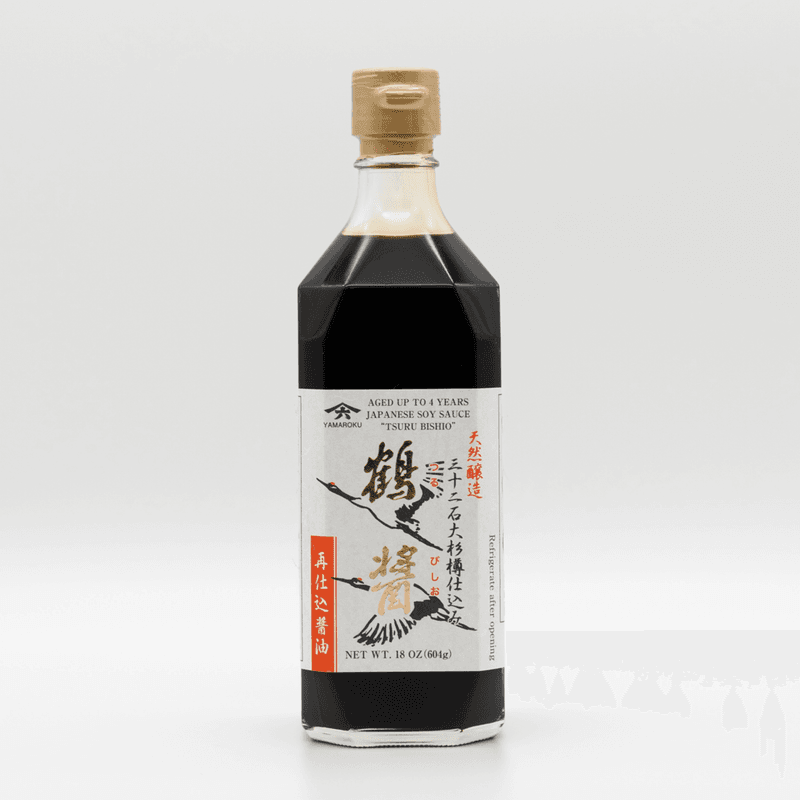
Aged and brewed instead of chemically made, premium soy sauce has umami, sweetness, and a subtle tang. It deepens stir-fries and stews instantly.
Labels should say “brewed” or “fermented.” Once you taste it, the supermarket kind will feel thin and salty.
15. Heirloom Tomatoes
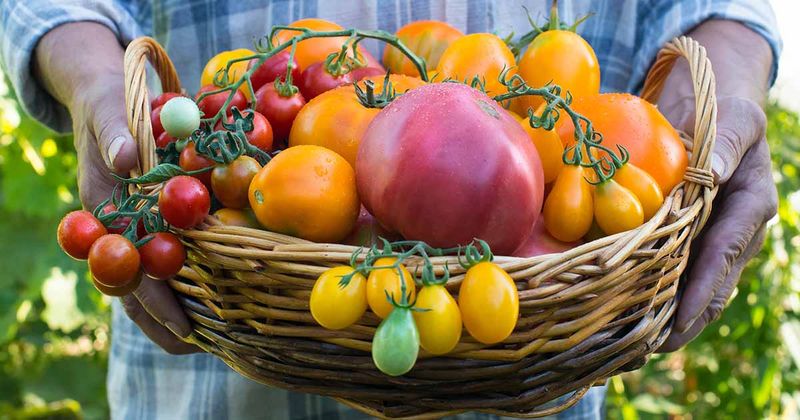
Juicy, oddly shaped, and bursting with flavor, heirlooms taste like summer in every bite. Supermarket tomatoes often look perfect but taste like nothing.
The wrinkles and colors mean real ripeness. Salt, olive oil, and nothing else—that’s dinner.
16. Free-Range Chicken

Birds raised with space and better feed deliver meat that’s firmer, juicier, and more flavorful. The difference is clear once it hits the pan.
Roasts come out golden, not greasy. You taste the care in every bite.
17. Cold-Pressed Nut Oils
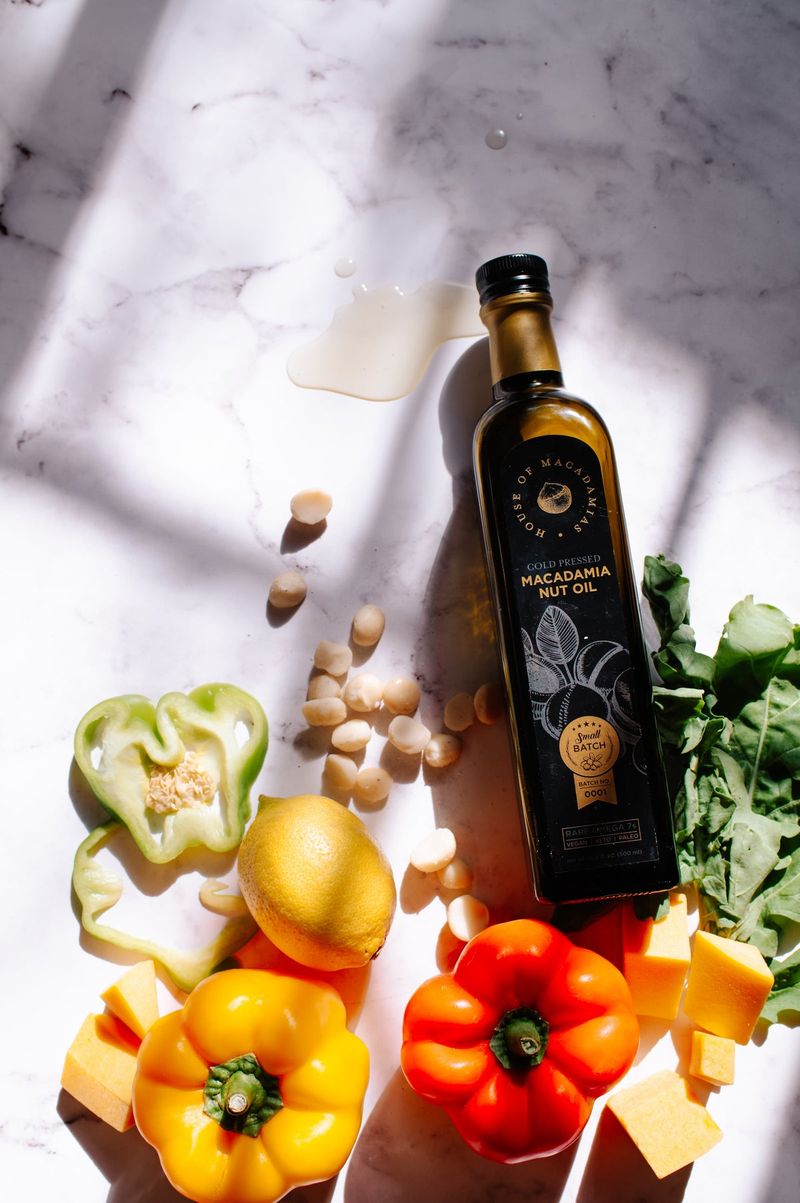
Whether it’s walnut, hazelnut, or pistachio, cold-pressed oils bring deep, toasty flavor to salads, dips, or even desserts. Heat dulls the taste, so these are best used fresh.
Store them cold and use sparingly. They’re liquid flavor bombs.
18. Aged Vinegar (Sherry Or Wine)
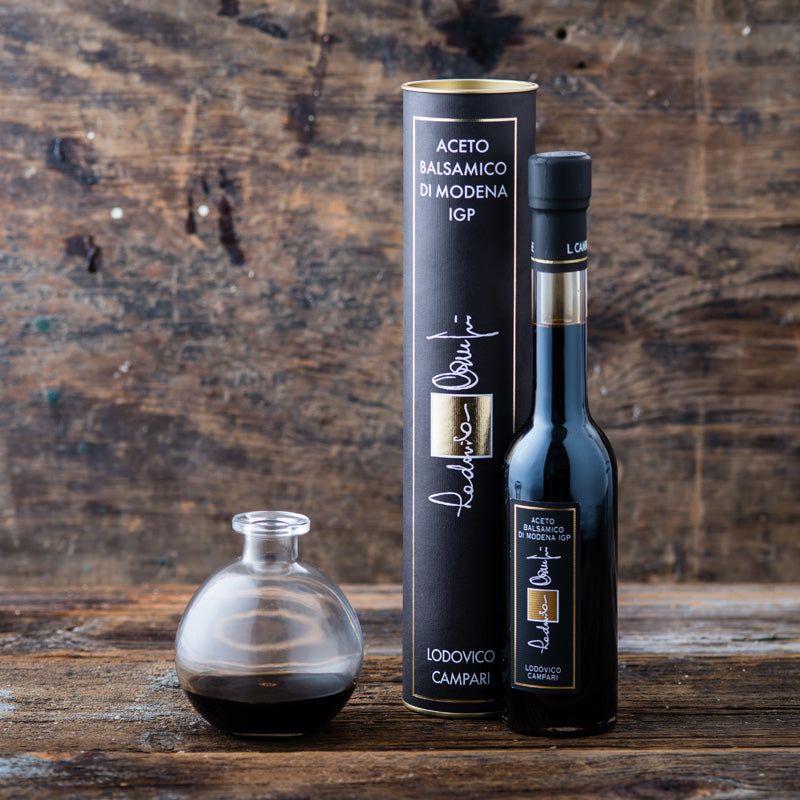
Time softens the acid and sharpness in aged vinegars, adding mellow complexity. Great for deglazing pans or making dressings that don’t bite back.
They cost more, but a splash transforms sauces. Look for ones stored in wood or labeled “reserve.”
19. High-Grade Flour
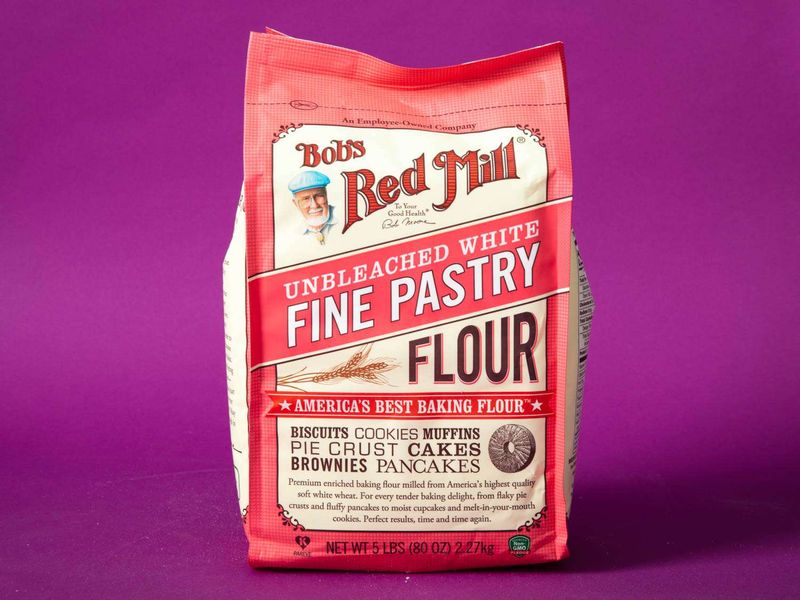
Stone-milled or heritage grain flours add personality to everything from sourdough to cookies. Texture, flavor, and moisture all improve.
You may not think of flour as flavorful—until you try the good stuff. Your bakes get a serious upgrade.
20. Grass-Fed Beef
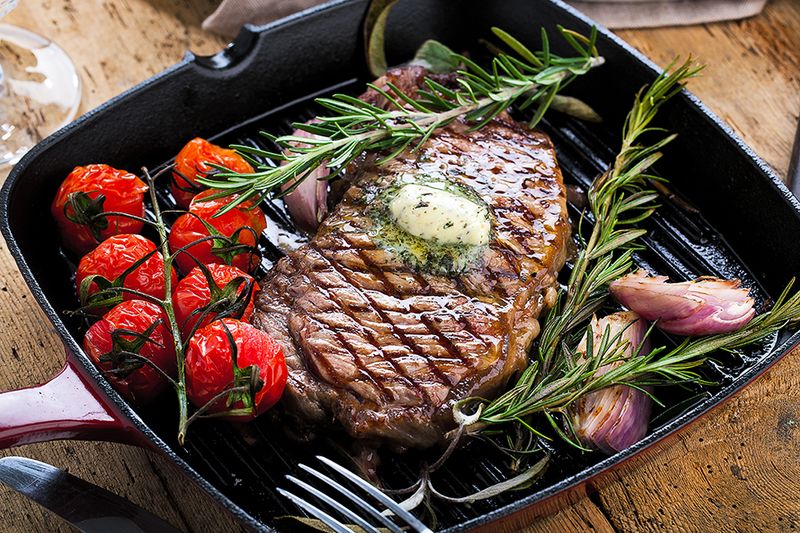
Beef from grass-fed cows tastes cleaner, slightly gamier, and more complex than grain-fed. It’s leaner, with more natural marbling and mineral flavor.
Sear it simply—salt, pepper, high heat. The beef does the talking.

